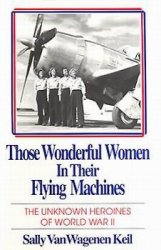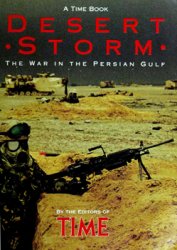Tumulus; entrance ramp with four sacrificed horses, wood horses, carriages; cave tomb paved with stone, water channels; compartmented box tomb of small stone blocks with doors, inscribed. Not robbed. Over one thousand objects found, including 526 bronzes, jade nose and ear plugs, a jade mouthpiece, twenty-eight jade bi discs.
The site excavators assume that the tomb’s structure and size, as well as the volume of burial goods, indicate a king’s burial. In the early Western Han, the region of Juye was part of the kingdom of Liang; in 144 BC, this was divided into five small kingdoms, with Juye belonging to Shanyang. In 136 BC, after the King of Shanyang died without an heir, Shanyang was reduced to the level of a commandery. In 97 BC, the area of Juye became part of the newly-created kingdom of Changyi. Within this context, the excavators exclude the first king of Liang (Liu Wu, King Xiao of Liang, r. 168—144 BC) on the grounds that the dynastic histories claim that he was buried in Dang, farther south in Liang. Liu Ding, King Ai of Shanyang (r. 144—136 BC), son and successor of King Xiao, is excluded because his kingdom is felt to have been too small to have merited such a sumptuous burial. The excavators attribute the site to Liu Bo, King Ai of Changyi (r. 97—87 BC), reasoning that, regardless of the size of his kingdom, as Wudi’s son by his favorite, Lady Li, this king would have had a rich burial.
Until the site is fully published, any identification remains speculative. The painted inscription of “year 15 ” on one of the stones of the tomb is also problematic. Assuming that no characters are missing and that the inscription was intended as it appears to read, “year i5” could refer either to a national calendar (assuming there were not yet any era names, it would fit only Wendi’s initial years, i. e., 165 BC) or a local calendar. If the latter, only the length of the reign of King Xiao of Liang would accommodate fifteen years (i. e., 154 BC). However, publication of excavations at Mangdangshan (Shangqiu and Yongcheng Municipalities, Henan) persuasively links them with King Xiao (which, incidentally, fulfills the written historical tradition of the location of King Xiao’s tomb).2 We may imagine that the Hongtushan tomb was begun under King Xiao, although ultimately not used by him — and perhaps not intended for him. If I were to date Hongtushan solely on the basis of its published objects, I would offer a date of ca. 160 BC via ding 13; hu 14 provides a date of ca. 162 BC. These dates coincide with a 165 BC reading of “year 15 ” (i. e., interpretation of the date according to a national calendar), but do not constitute evidence that such a reading is correct. Excluding King Xiao, I have provisionally attributed the tomb to the next local king, Liu Ding, King Ai of Shanyang. Such a choice is, however, arbitrary.
Hu 14, 15; Guan 33-37; Ding 13, 16.




 World History
World History









